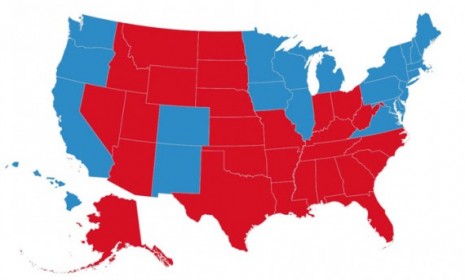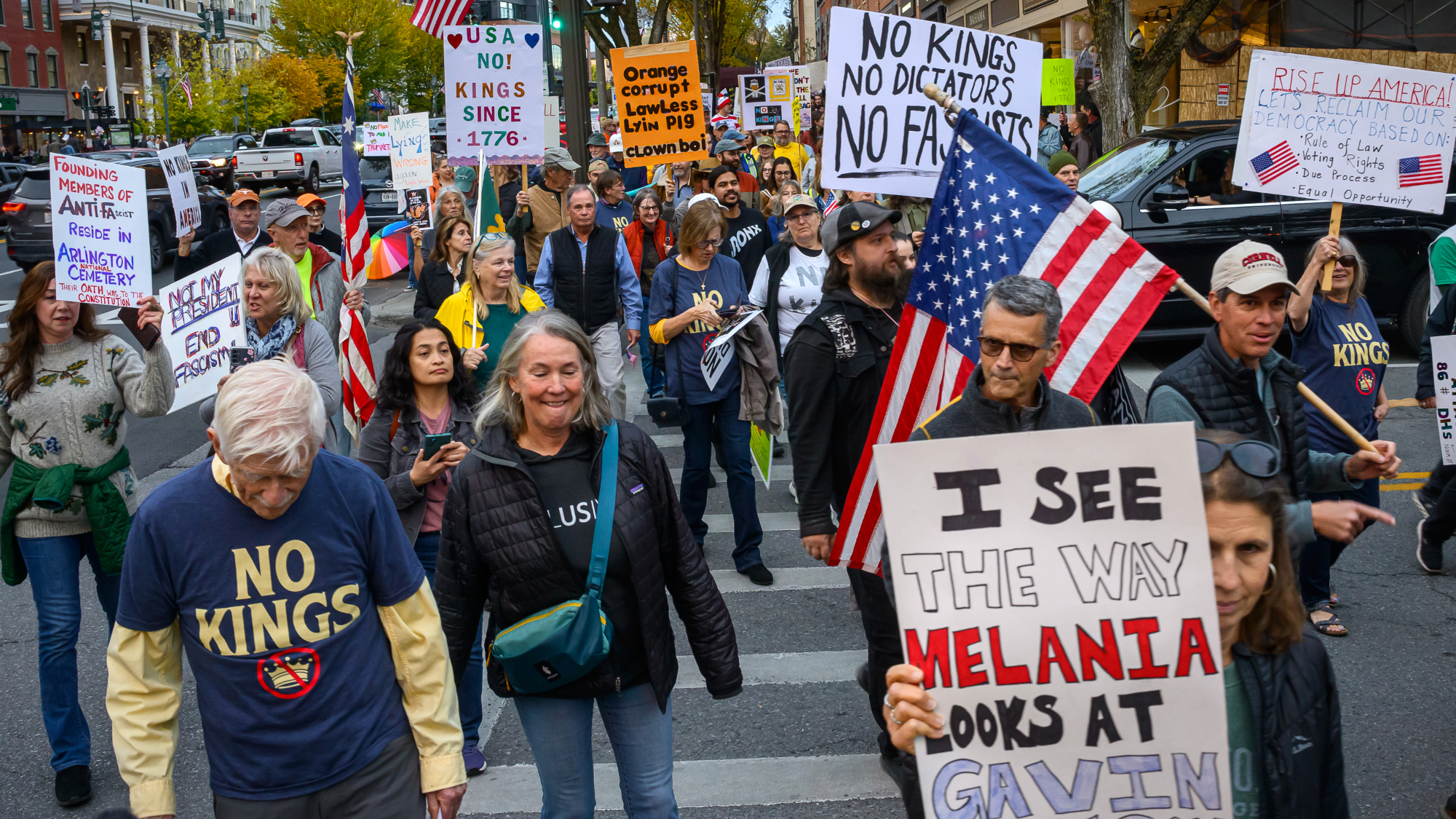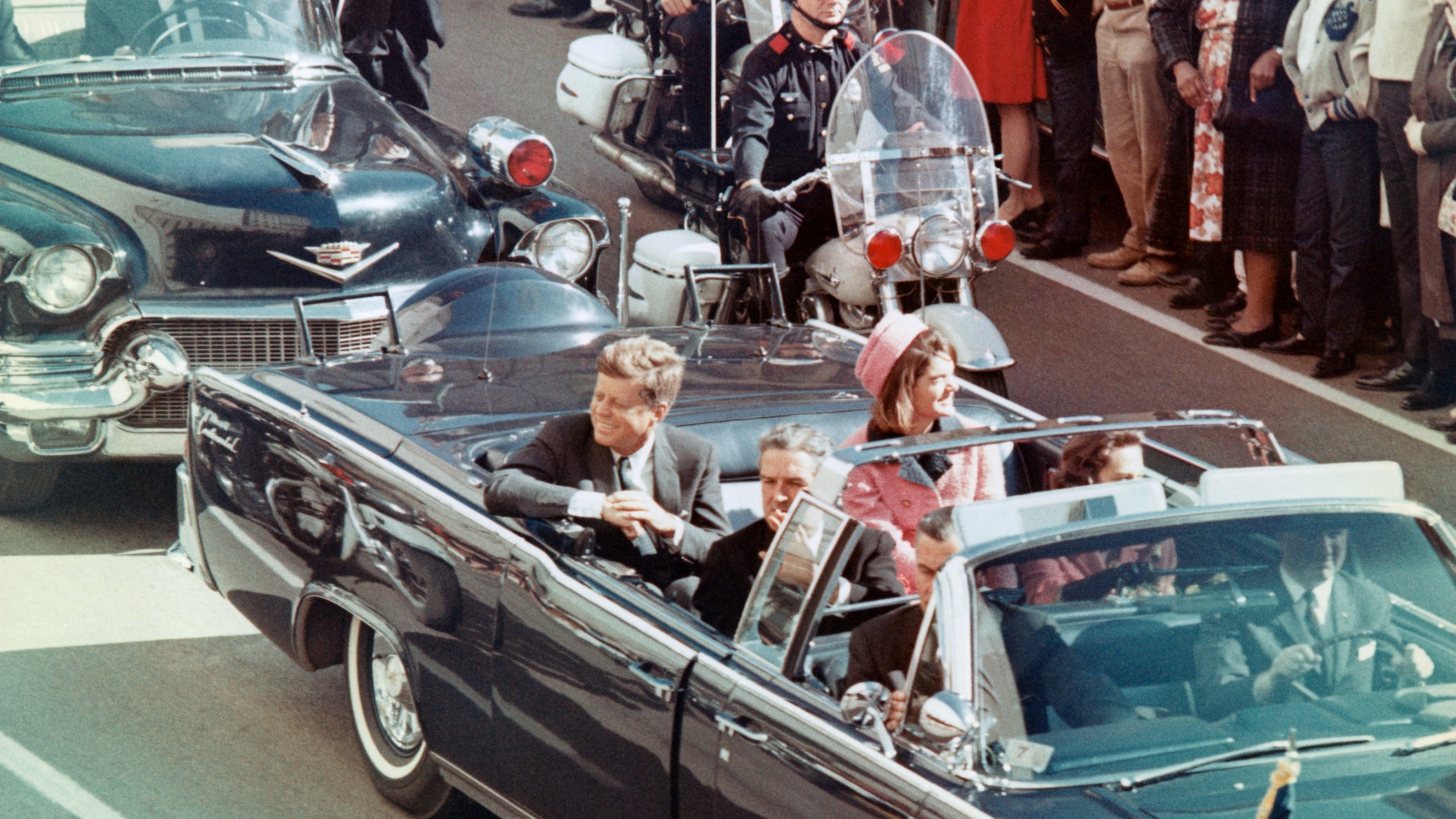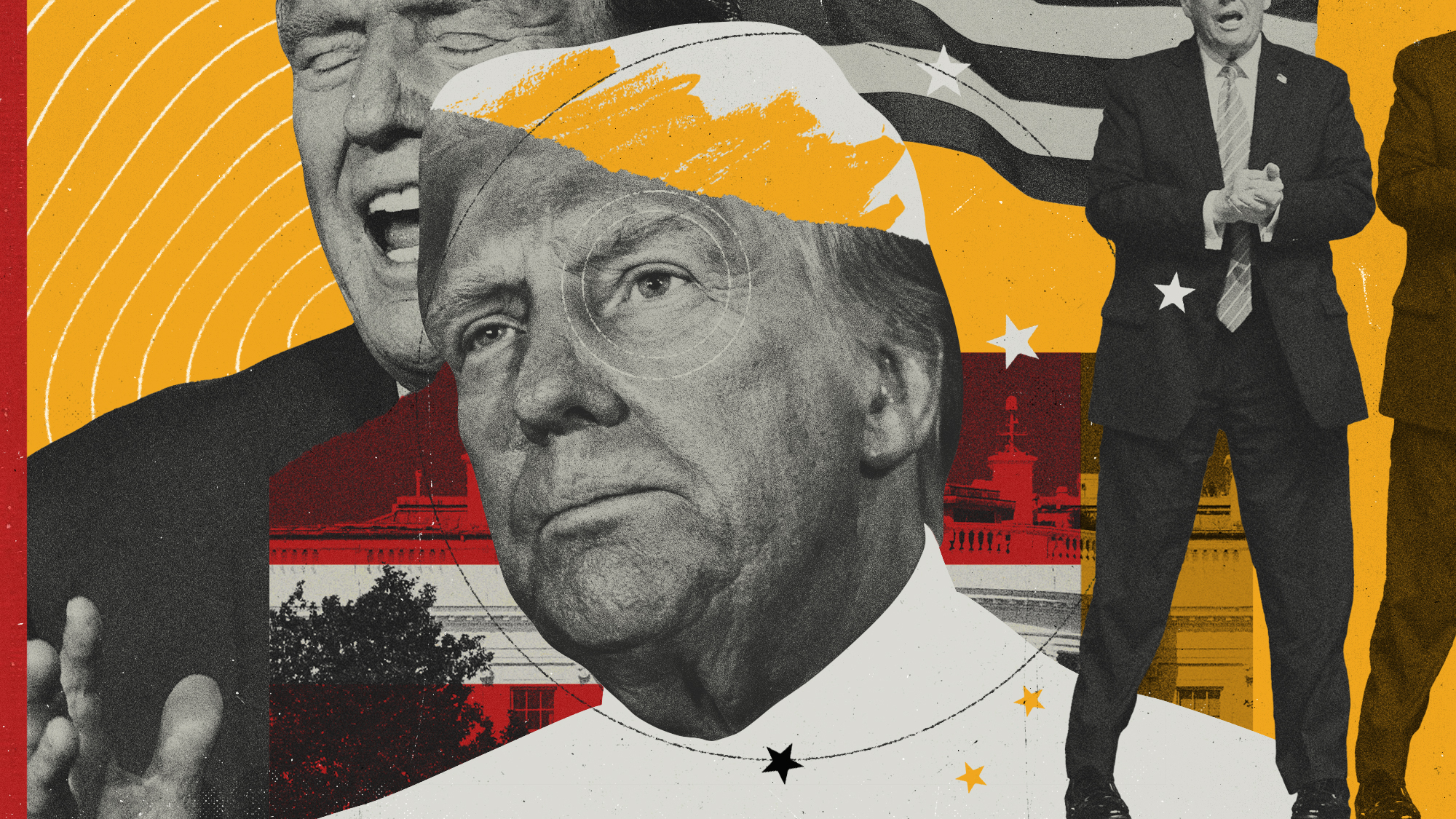Electoral college countdown: 23 days
An examination of the 10 million voters to watch


Each Monday until the election, I'm going to take a look at the current status of the electoral college map and assess the relative position of both candidates. What follows is an analysis based on interviews with campaign officials, on public polling and internal tracking, on early vote trends, and on the backs of other analysts I respect.
Remember, in 2008, Obama received 365 electoral votes and John McCain took 173. Redistricting has shaved the margin slightly, with the Republican nominee picking up a net of 6 EVs. So we'll begin with Obama at 359 EVs and Mitt Romney at 179 EVs.
Subtracting the truly competitive battleground states this year, I have Obama starting at a baseline of 246 EVs and Romney at 182 EVs.
The Week
Escape your echo chamber. Get the facts behind the news, plus analysis from multiple perspectives.

Sign up for The Week's Free Newsletters
From our morning news briefing to a weekly Good News Newsletter, get the best of The Week delivered directly to your inbox.
From our morning news briefing to a weekly Good News Newsletter, get the best of The Week delivered directly to your inbox.
I consider the following states to be in play:
FLORIDA: 29 EVs
OHIO: 18 EVs
NORTH CAROLINA: 15 EVs
A free daily email with the biggest news stories of the day – and the best features from TheWeek.com
VIRGINIA: 13 EVs
WISCONSIN: 10 EVs
COLORADO: 9 EVs
NEVADA: 6 EVs
IOWA: 6 EVs
NEW HAMPSHIRE: 4 EVs
That's 110 electoral votes in the gray category. I don't consider New Mexico to be competitive at this point for Romney; I don't consider Indiana to be competitive for Obama, although Maine's 2nd Congressional District may be in play for Romney, and there is a chance that Obama could once again win one congressional district in Nebraska. If Romney were to win Florida, Ohio, New Hampshire, Colorado, North Carolina, and Virginia, he'd be at 267, just four away. One more state — Nevada, Iowa or Wisconsin — would put him over the top. And I tend to think that if Romney does manage to win those six battleground states, he'll have enough wind at his back to win at least one of the three. Wisconsin may be the most challenging, given Obama's consistent outside-the-margin-of-error lead there and a surprisingly competitive Senate race.
Here's where we can have some fun: Give Romney those six states. If he wins ALL three remaining battlegrounds BUT Obama wins the two congressional districts (NE 2 and ME 2), then the electoral college would tie. Still, if Romney runs the table, his popular vote majority will not translate in Obama's favor in those shaved off congressional districts. A tie is a very unlikely scenario.
Now I will allocate the 110 EVs based on gut projections, current polling, and early voting statistics. I will assume, for the sake of argument, that both NE-2 and ME-2 fall to Romney. I will place MORE emphasis on current polling this week than I will next week and the week after.
FLORIDA: Leans Romney
OHIO: Leans Obama
VIRGINIA: Leans Obama
NORTH CAROLINA: Leans Obama
WISCONSIN: Leans Obama
COLORADO: Leans Romney
NEVADA: Leans Romney
IOWA: Leans Obama
NEW HAMPSHIRE: Leans Romney
In this case, Obama would collect 284 electoral votes to Romney's 254. What gets weird here is that this scenario, while perhaps a valid guestimate today, is not likely to reflect what actually happens. Consider: The vacillations in national polls mostly but not entirely arise from random fluctuations as well as enthusiasm and decision-making in states that don't matter.
Unless battlegrounds are surveyed separately, as in the GW-POLITICO poll, or they're oversampled consistently, it is hard to judge the impact of current events on swing-state voters. (And remember, we're talking about maybe 15 percent of those swing state voters — 20 percent OF 30 percent.) Why?
I'm assuming rather generously than maybe 14 percent of independent leaners (Dems and Republicans who won't identify as such) haven't decided WHETHER to vote, and maybe 6 percent of voters in those states are UNSURE of WHICH candidate to vote for. I am also adding in some wiggle room for the growth and decline in population, as well as the relative growth and decline of Democratic and Republican constituencies within the populations.
The 2008 popular vote total was 130 million, up seven million from 2004. Assuming that the same number of people vote in 2012, all of the ads, debates, and stratagems are targeted at between 8 million and 10 million voters; most of them are leaners, and about 3-4 million are true independents. (The party bases are MORE important in states like Florida and Ohio; the candidates will rely more on independents in Colorado, Virginia and New Hampshire, among others.)
Marc Ambinder is TheWeek.com's editor-at-large. He is the author, with D.B. Grady, of The Command and Deep State: Inside the Government Secrecy Industry. Marc is also a contributing editor for The Atlantic and GQ. Formerly, he served as White House correspondent for National Journal, chief political consultant for CBS News, and politics editor at The Atlantic. Marc is a 2001 graduate of Harvard. He is married to Michael Park, a corporate strategy consultant, and lives in Los Angeles.
-
 How drones have detected a deadly threat to Arctic whales
How drones have detected a deadly threat to Arctic whalesUnder the radar Monitoring the sea in the air
-
 A running list of the US government figures Donald Trump has pardoned
A running list of the US government figures Donald Trump has pardonedin depth Clearing the slate for his favorite elected officials
-
 Ski town strikers fight rising cost of living
Ski town strikers fight rising cost of livingThe Explainer Telluride is the latest ski resort experiencing an instructor strike
-
 Bari Weiss’ ‘60 Minutes’ scandal is about more than one report
Bari Weiss’ ‘60 Minutes’ scandal is about more than one reportIN THE SPOTLIGHT By blocking an approved segment on a controversial prison holding US deportees in El Salvador, the editor-in-chief of CBS News has become the main story
-
 Has Zohran Mamdani shown the Democrats how to win again?
Has Zohran Mamdani shown the Democrats how to win again?Today’s Big Question New York City mayoral election touted as victory for left-wing populists but moderate centrist wins elsewhere present more complex path for Democratic Party
-
 Millions turn out for anti-Trump ‘No Kings’ rallies
Millions turn out for anti-Trump ‘No Kings’ ralliesSpeed Read An estimated 7 million people participated, 2 million more than at the first ‘No Kings’ protest in June
-
 Ghislaine Maxwell: angling for a Trump pardon
Ghislaine Maxwell: angling for a Trump pardonTalking Point Convicted sex trafficker's testimony could shed new light on president's links to Jeffrey Epstein
-
 The last words and final moments of 40 presidents
The last words and final moments of 40 presidentsThe Explainer Some are eloquent quotes worthy of the holders of the highest office in the nation, and others... aren't
-
 The JFK files: the truth at last?
The JFK files: the truth at last?In The Spotlight More than 64,000 previously classified documents relating the 1963 assassination of John F. Kennedy have been released by the Trump administration
-
 'Seriously, not literally': how should the world take Donald Trump?
'Seriously, not literally': how should the world take Donald Trump?Today's big question White House rhetoric and reality look likely to become increasingly blurred
-
 Will Trump's 'madman' strategy pay off?
Will Trump's 'madman' strategy pay off?Today's Big Question Incoming US president likes to seem unpredictable but, this time round, world leaders could be wise to his playbook
